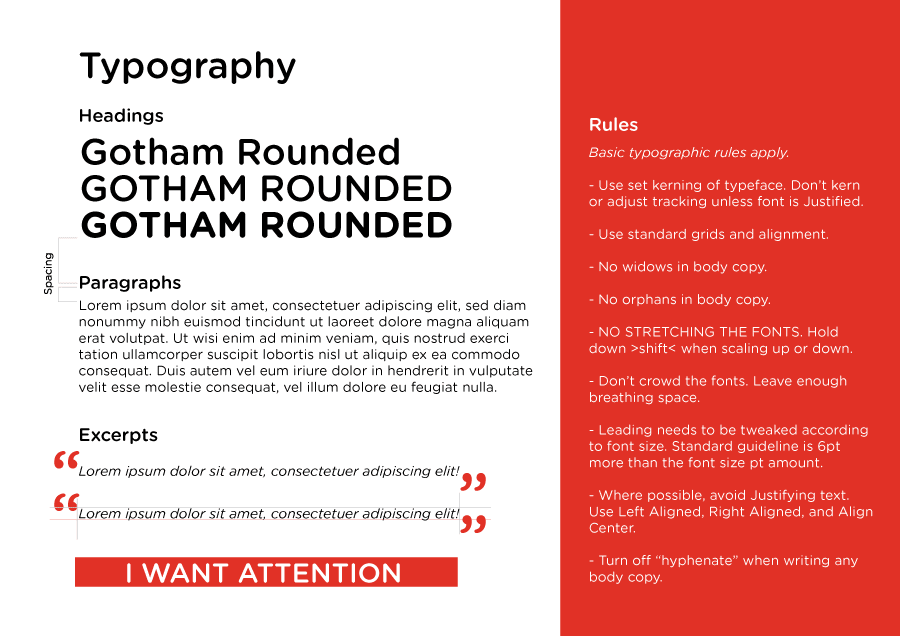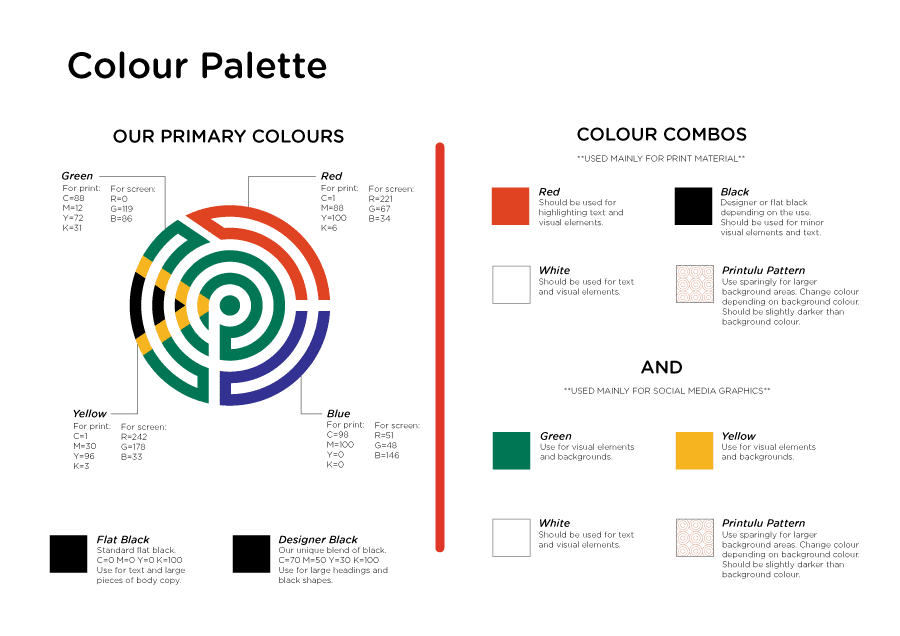Have you ever wandered into your local store after work, looking for your favourite snack? You walk through the aisles, zooming into the exact spot you know it usually sits. You want to get home. It’s been a long day, and you’re exhausted. But where is your snack? You can’t seem to find it, and you panic. But it’s right there, in front of you.
Why didn’t you notice it, even though you were specifically looking for it? Upon second inspection, you realise they’ve changed the packaging. Again! It’s super frustrating, because the new product design is definitely not doing a good enough job of representing the brand style that you were familiar and comfortable with. You’re not even sure if it is the same product. Did they change the ingredients? Maybe you need to rethink this snack.
Don’t judge a product by it’s design – said no one ever.
This situation is why companies create design manuals, also known as style guides, brand manuals, and so on. Think about it – what is the first thing you notice about someone when you first meet them?
We know the answer – you will make a snap judgement of this person based solely on their outward appearance. Maybe they’re wearing a lot of makeup, or they’re dressed plainly. Either way, you’ve already got an impression of the person in your head, and have subconsciously decided whether or not you will want to see them again in the future.
Your brand is the outward appearance of your business. The saying goes “Don’t judge a book by it’s cover”, but we can guarantee you this definitely does not apply to your business. The design effort you’ve put into your business cards, the design consistency across all of your products – these are things that will make or break the relationship you have with your customers.
Our innate human nature pushes us to only trust what we are familiar with, and what seems to be consistent and trustworthy. It does not matter how good your product is, if customers think you may have changed something based on an inconsistent design style, the deal’s off, buddy.
What exactly is a design manual?
Your design manual is basically a rule book for anyone that may use your brand. It is also an essential tool to have handy if you bring any new designers onto your team. Everyone who reads it will be on board about what is allowed, and what should definitely not be done.
The last thing you want is for your company to be completely misrepresented, or for the designers at Printulu (ahem) to go completely off brand with your business card design.
What should my design manual include?
Design manuals are the holy grail of any rules that your brand applies in all of your collateral. The contents can be simplistic, or it could read like a rule book. It depends on you, but there are a few basics that we’ve compiled that should definitely be included.
Your Logo
 Be sure to include the logo, along with all of the secondary versions of it that you may need to use from time to time, for example the black and white version of it. Your logo should always be applied consistently, so this one is an absolute must.
Be sure to include the logo, along with all of the secondary versions of it that you may need to use from time to time, for example the black and white version of it. Your logo should always be applied consistently, so this one is an absolute must.
Typography
 If you tell a designer that they should “surprise you” with which fonts they use on your design, you could potentially be killing your brand right then and there. Any typefaces used within the logo and marketing material should be a part of the style guide, along with their weights and a web-safe alternative, if necessary. Be sure to differentiate between fonts that you use for headings vs body copy, and how they should be formatted.
If you tell a designer that they should “surprise you” with which fonts they use on your design, you could potentially be killing your brand right then and there. Any typefaces used within the logo and marketing material should be a part of the style guide, along with their weights and a web-safe alternative, if necessary. Be sure to differentiate between fonts that you use for headings vs body copy, and how they should be formatted.
Colour Palette
 What are your brand’s primary colours? Which colour is allowed to be used in combination with which? You don’t have to be a design expert to know that colour is one of the most basic design principles, and when used incorrectly, it’s a disaster. Be sure to include the different colour values for print and for screen, because colour doesn’t always print how you see it on screen.
What are your brand’s primary colours? Which colour is allowed to be used in combination with which? You don’t have to be a design expert to know that colour is one of the most basic design principles, and when used incorrectly, it’s a disaster. Be sure to include the different colour values for print and for screen, because colour doesn’t always print how you see it on screen.
Conclusion
A design manual is crucial to keep your brand identity consistent, recognizable, and ownable, even when several different people design content for your brand. Since a design manual defines the guidelines for maintaining your brand’s identity, it’s important to spend the time and resources to get it right.
Related Articles:
- Top design websites for non-designers
- 5 Things Your Letterhead Design MUST Include by Law! (Everyone Forgets Number 2)
- Why Graphic Design is Useless! (Revealed)




